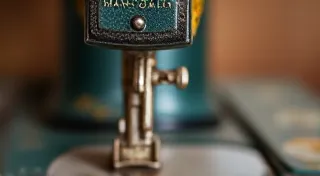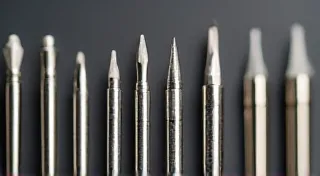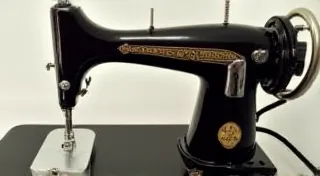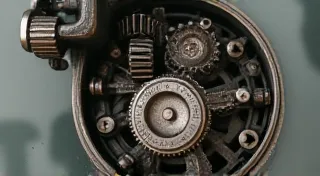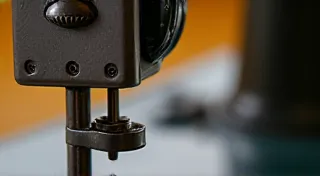Troubleshooting a Singer 66-4: Common Issues and Solutions
The Singer 66-4 is a beloved and enduring vintage sewing machine, known for its sturdy construction and reliable operation. However, like all machines of its age, it can encounter issues. This guide focuses on troubleshooting common problems you might face when repairing and restoring your Singer 66-4. We’re breaking down issues from motor troubles to timing inconsistencies and bobbin malfunctions, offering step-by-step instructions and visual aids to help you get your 66-4 back in top working condition. Maintaining a vintage machine requires a proactive approach, and understanding potential issues is the first step towards a long and productive sewing life.
Understanding Your Singer 66-4
Before diving into specific problems, it's helpful to understand the machine’s key components. The 66-4 utilizes a reciprocating hook system and a needle bar mechanism that dictates the timing. Understanding how these parts interact is crucial for accurate diagnosis and repair. Take time to familiarize yourself with the machine’s parts diagram – numerous resources are available online if you don't already have one. Regular maintenance is key, and sometimes issues arise that require more than just a quick cleaning. If you’re new to vintage sewing machine repair, tackling a simpler model like the Singer 201 can be a good starting point. You can find a helpful beginner’s guide to essential maintenance here.
Common Problems and Solutions
1. Motor Issues: No Power, Slow Speed, or Unusual Noise
A non-functional motor is a frustrating problem. Here’s a breakdown of potential causes and fixes:
- No Power: Check the power cord for damage. Test the outlet. The machine’s fuse (if applicable) could be blown. Inspect the foot pedal connection. A common issue is a corroded connection. Clean with contact cleaner.
- Slow Speed: The motor brushes may be worn. This is a very common issue for this model. Replacement is relatively straightforward. Ensure the motor is properly lubricated. A binding motor will run slowly. If you’re facing unexpected issues beyond the typical wear and tear, consider consulting specialized repair guides.
- Unusual Noise (Grinding, Buzzing): This usually indicates a lubrication issue. Disassemble and thoroughly clean and lubricate the motor bearings and other moving parts. Grinding could also indicate worn bearings that require replacement.
- Symptoms: Skipped stitches, thread bunching underneath the fabric, broken needles.
- Diagnosis: Carefully observe the needle and hook movement while the machine is running. You may need a bright light and steady hand. Many YouTube tutorials can help demonstrate proper needle and hook interaction.
- Adjustment: The 66-4’s timing can be adjusted using the timing screw. Small adjustments can make a big difference. Consult a repair manual specific to the Singer 66-4 for precise instructions. It is best to mark the original position of the screw before making adjustments. Needle breakage can often be related to timing issues. If you’re experiencing frequent needle breakage, it’s crucial to systematically investigate the timing and other factors contributing to the problem.
- Thread Breakage: Check the bobbin case for proper assembly. Ensure the bobbin is inserted correctly and wound evenly. Check for burrs or obstructions in the thread path. The tension discs on the bobbin case can become damaged.
- Looping: This often indicates incorrect bobbin tension. Adjust the bobbin tension screw slightly. Ensure the bobbin case is properly seated and locked into place. The bobbin thread path may be blocked by lint or debris. Maintaining proper tension is key to avoiding issues. If you're having a lot of trouble replacing a needle on a Singer 15-91, you might find the process easier after getting familiar with different machine types.
- Needle Thread Getting Tangled: This can be caused by issues with the tension disks on the needle plate.
- Bent Needles: Use the correct needle type and size for the fabric being sewn. Ensure the needle is inserted correctly and seated properly.
- Broken Needles: Incorrect needle size or type, improper fabric handling, or timing problems can all cause needle breakage. Review the fabric and needle selection. Broken needles can be a sign of larger issues at play.
2. Timing Problems: Skipped Stitches, Thread Bunching
Incorrect timing is a major cause of sewing problems. The needle and hook must align perfectly to catch the thread. Here's what to look for:
Bobbin problems are another common headache. Let's address them:
4. Needle Issues: Bent Needles, Broken Needles
Needle problems often point to other underlying issues, but addressing the needle itself is the first step:
A clean and well-lubricated machine runs much smoother and is less prone to problems. Regularly clean the machine, removing lint and dust. Lubricate all moving parts with a sewing machine oil designed for vintage machines. Avoid using general-purpose oils, as these can damage the machine. Rust is a common enemy of vintage machines and can cause a range of issues from jamming to corrosion. If you are dealing with rust on your antique Singer sewing machine, it's critical to address it promptly and effectively to prevent further damage and ensure the machine’s longevity. There are specialized techniques and products for rust removal, and understanding these methods is essential for preserving the value and functionality of your vintage machine.
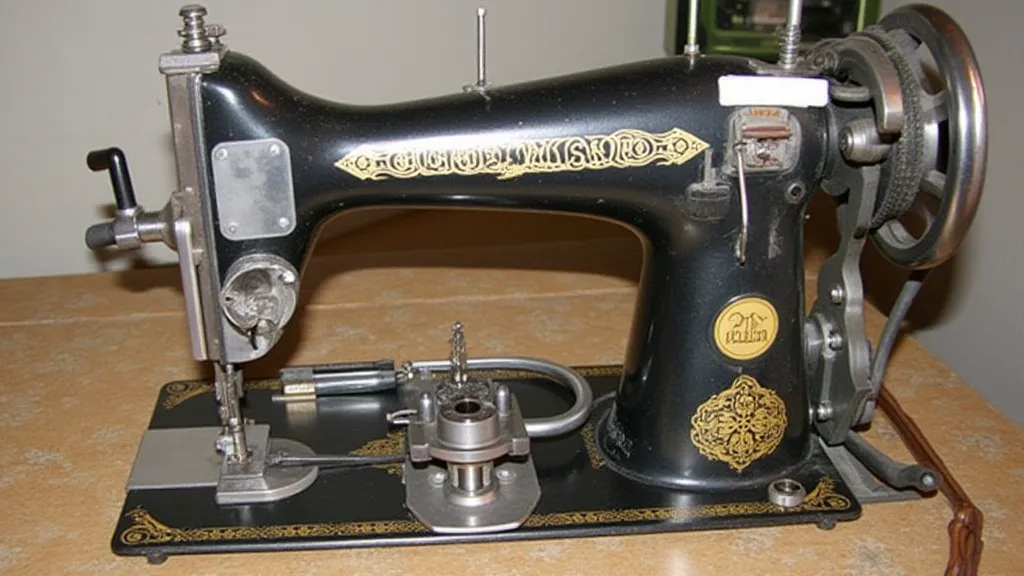
Resources & Further Help
Repairing vintage Singer sewing machines can be rewarding but requires patience and attention to detail. Don't hesitate to seek help from online forums and communities dedicated to vintage sewing machine repair. Repair manuals specific to the Singer 66-4 are invaluable resources. Understanding the mechanics and potential pitfalls of vintage sewing machine repair can be a journey in itself. Sometimes, diagnosing a problem can be tricky, and having a good understanding of the machine's components is crucial for accurate troubleshooting. Regular maintenance and preventative care will extend the life of your machine and minimize the likelihood of major repairs. The satisfaction of restoring a vintage Singer sewing machine to its former glory is a reward in itself. However, it’s important to approach these projects with the right knowledge and tools to ensure a successful outcome. Taking the time to learn about the machine’s history and mechanics can deepen your appreciation for this classic piece of engineering.
